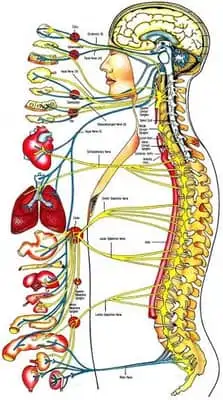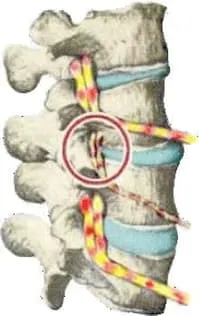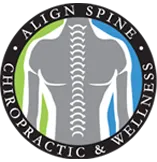Chiropractic Care
What Are The Benefits and How Can It Help?

Subluxations, often times, don’t cause pain, so you may not know you have any. This is because subluxations cause “noxious stimuli” to the nervous system. Only 20% of this “tissue damaging event” is perceived as pain.
Patients around the world use Chiropractic for natural pain relief, but many use Chiropractic to promote and complement an overall healthy lifestyle. Other benefits of Chiropractic care…
Reduced
Illness | Stress | Insomnia | Anxiety
Depression | Dependence on medication | Injuries
Poor posture | Recovery time | Inflammation
Improves
Health | Sleep quality | Mental focus | Well-being
Immunity | Circulatory system | Digestive system | Mobility
Strength | Reaction times | Nutrient flow | Tissue regeneration
Oxygenation
There are 5 components of a subluxation…

2) Nerve dysfunction (neuropathology) – pressure, irritation or interference of a nerve
3) Muscle dysfunction (myopathology) – spasm, tightness or other muscle dysfunction that may be caused by nerve and joint issues
4) Histopathology (cellular dysfunction) – increase cells that cause inflammation and other chemical mediators
5) Pathophysiology – accumulative effect of previous 4 that can cause adhesions, fibrosis, scar tissue, and degeneration to the joints and intervertebral discs


